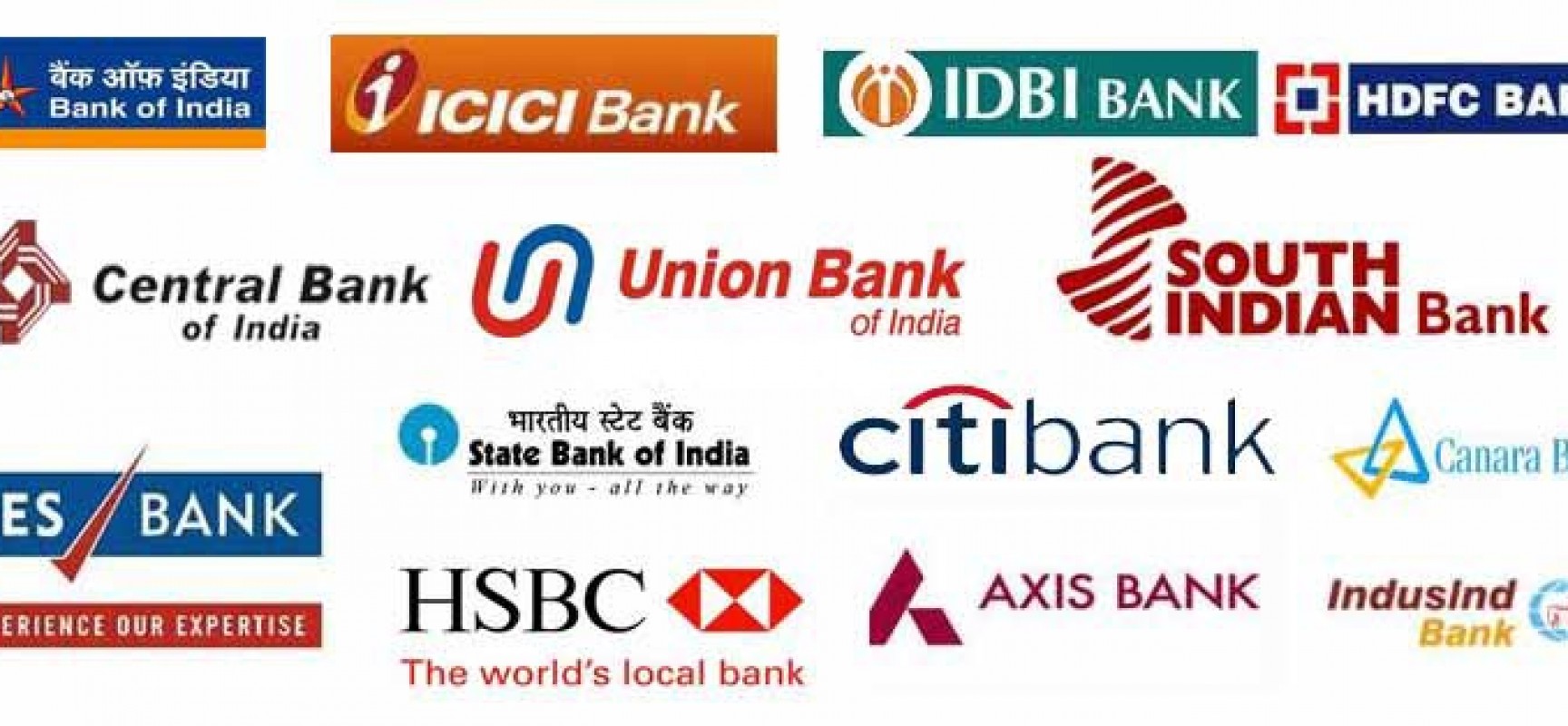Taking a look at the changes in the Banking Sector as India moves towards a less cash economy. Excerpted from an article by Saloni Shukla in the Economic Times.
The Indian banking industry is in the throes of transformation for the first time since Citibank introduced plastic money about 25 years ago when they were hesitant to even set a target on how many would adapt to debit and credit cards. Those were the days when ATMs were few and far between even in metropolitan cities like Mumbai or New Delhi.
Since the launch of plastic money and the ATMs in 1987, Indian finance has come a long way with nearly 90% of total retail transactions happening in electronic format at the end of fiscal 2016.
The forced withdrawal of high value currency and mandatory transfer of funds from the government in electronic mode are expected to usher in a kind of change that few are able to fathom. But there is a kind of unanimity that it is transformational.
With cash nearly vanishing from half of the ATMs, banks and payment technology companies like Paytm were quick to jump onto the electronic transfer bandwagon. Even the National Payments Corp of India has launched UPI and is working towards the launch of the India QR code to capitalise on the vacuum created by the absence of cash.
Digital transactions have registered a 40% month-on-month growth in the past one month. While payments through cards have risen 39.1%, usage of PoS terminals has gone up by 41%.
But in the process what many expect to see is the death of what a generation of bank customers thought were the greatest technological advancements in the world of finance ATMs, debit cards, and the good old branches themselves which on an average have shrunk to about 1,500 square feet and five staff from 2,800 square feet with a dozen staffers.
ATM additions after peaking in 2013 have seen a steep fall over the last three years. In fact, ATM additions saw a growth of only 9% at the end of the March quarter last year compared with the previous year, and that is down from 25.4% in 2008-09.
While withdrawals from ATMs may fall, the idea that these machines which were once thought to be a tool to sell loans has also failed.
Demonetisation has also led to proliferation of tools for customers which raise issues like usability and security . Often it is more confusing for customers that a bank itself has many products which make it difficult to choose the ideal one.
It is usually the private enterprise that pushes the regulator and the government to change their approach to innovation and change. Now, the government seems to be taking the lead and pronouncing the change.
“By 2020, my view is that, India will make all its debit cards, credit cards, all ATM machines, all PoS machines totally irrelevant,“ says Amitabh Kant, chief executive of Niti Aayog, the new avatar of Planning Commission that’s blamed for much of Indian economy’s miserable state.

